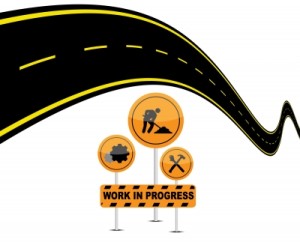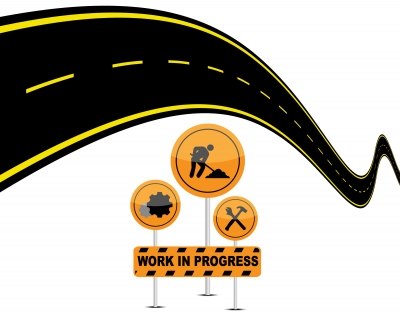 While the Philippines improved its overall ranking in the latest World Economic Forum (WEF) Global Competitiveness Report 2015-2016, the country still has some ways to go to improve its infrastructure system in particular and catch up with many of its peers in the Association of Southeast Asian Nations (ASEAN) region.
While the Philippines improved its overall ranking in the latest World Economic Forum (WEF) Global Competitiveness Report 2015-2016, the country still has some ways to go to improve its infrastructure system in particular and catch up with many of its peers in the Association of Southeast Asian Nations (ASEAN) region.
READ: PH global competitiveness rank improves
The Philippines moved one notch higher to 90th under infrastructure, one of the key pillars used in the WEF report to gauge competitiveness. The country trails its ASEAN peers Singapore, second place overall, Malaysia (24), Thailand (44), and Indonesia (62).
In terms of quality of infrastructure, the Philippines further declined to eighth place against other ASEAN members, landing in 106th spot in the overall WEF ranking. Singapore remains the leader in ASEAN in fourth place, followed by Malaysia in 16th, Thailand in 71st, Laos in 78th, Indonesia in 81st, and Cambodia in 102nd.
The country was also eighth in ASEAN in the area of road infrastructure, pegged in 97th position. Singapore was in third place overall, followed by Malaysia in 15th, Thailand in 51st, Indonesia in 80th, Laos in 83rd, Vietnam in 93rd, and Cambodia in 94th spot.
For rail infrastructure, the country was sixth in ASEAN and 84th among all surveyed, following Singapore in eighth, Malaysia in 13th, Indonesia in 43rd, Vietnam in 48th, and Thailand in 78th.
Ports infrastructure
For ports, the Philippines placed seventh within Southeast Asia, coming in at 103rd following Singapore in second place overall, Malaysia in 16th, Thailand in 52nd, Vietnam in 76th, Indonesia in 82nd, and Cambodia in 83rd.
Air transport infrastructure was the only area under the infrastructure pillar where the country improved its standing, as the Philippines was seventh compared to its ASEAN peers at 98th spot in the WEF rankings. Singapore was in the lead position, followed by Malaysia (21), Thailand (38), Indonesia (66), Vietnam (75) and Laos (94).
Customs procedures
As for the burden of customs procedures — under the goods market efficiency pillar — the country ranked 107th, placing seventh against other ASEAN countries. Singapore ranked second among all countries, Malaysia 18th, Laos 69th, Indonesia 72nd, Thailand 85th, and Vietnam 90th.
In its recent report, the World Bank revised down its economic forecast for the Philippines to 5.8% from 6.5% in 2015, taking into account the slower growth of 5.3% in gross domestic product (GDP) in the first half of the year, which was due to government underspending, negative contribution of exports to GDP, and the initial impact of El Niño.
The Washington-based financial institution noted that among others, the country needs to increase infrastructure spending, reduce nontariff barriers, and improve logistics support.
In his recent economic briefing, Socio-Economic Planning Secretary Arsenio Balisacan said the government aims to increase investments in public infrastructure from 2% of GDP in 2012 to at least 5% by 2016.
“As you can imagine, this is quite a challenging task as it is equivalent to raising the value of infrastructure spending more than 3 times over a span of 5 years—from P215.7 billion in 2012 to P766.5 billion in 2016,” Balisacan said.
Image courtesy of Idea go at FreeDigitalPhotos.net





